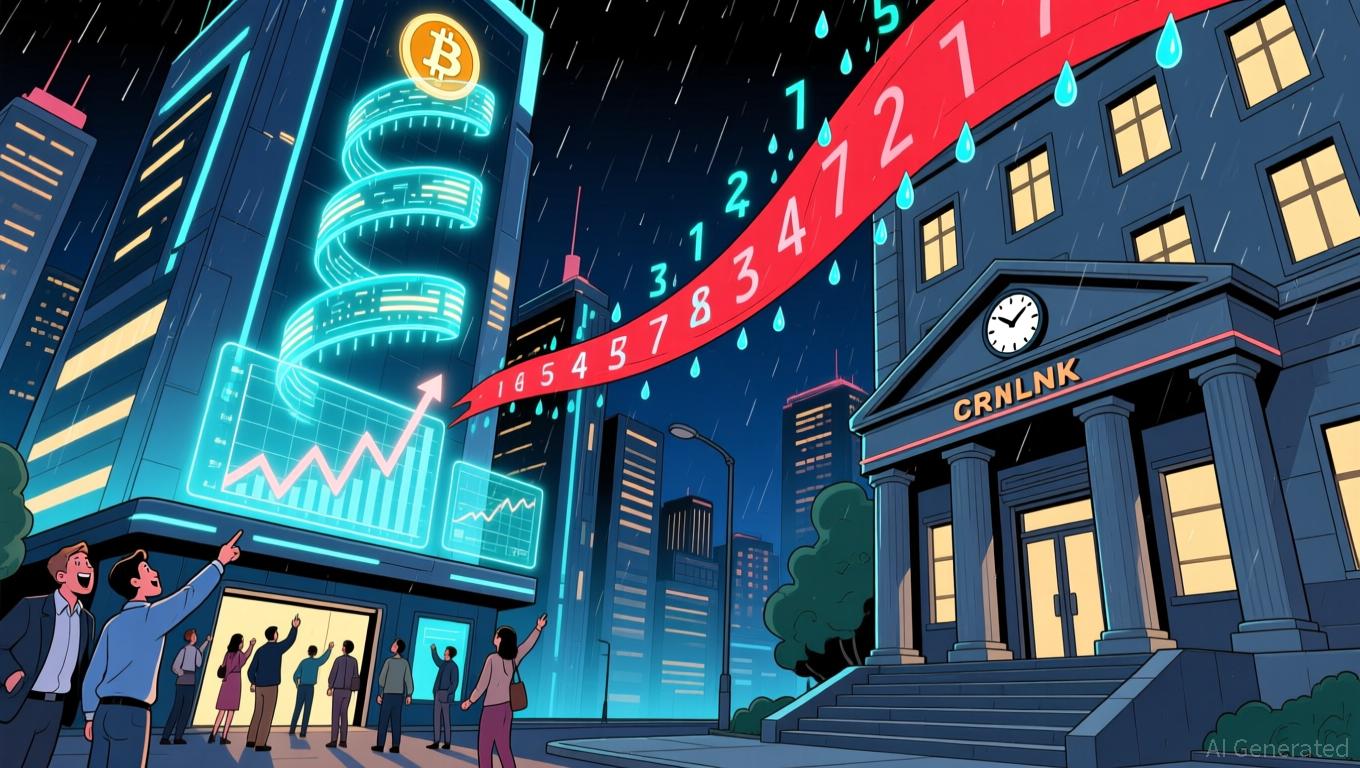Bitcoin Updates Today: Digital Assets at a Turning Point: Engine for Capitalism or Embracing Socialism?
- Coinbase CEO Brian Armstrong promotes crypto as a capitalist tool, contrasting Poland’s post-Soviet reforms with Venezuela’s socialist collapse. - Brazil mandates crypto firm compliance with AML/cybersecurity standards while debating a $19B Bitcoin reserve to hedge dollar volatility. - New York’s socialist mayor Zohran Mamdani sparks crypto industry fears over wealth redistribution policies and potential business flight. - Proponents highlight crypto’s potential to empower unbanked populations, while reg
The ongoing discussion between capitalism and socialism has gained renewed significance in the era of cryptocurrencies, as digital currencies are seen by some as a means of economic empowerment and by others as a focus of regulatory attention.
In recent social media commentary, Armstrong has portrayed cryptocurrencies as a challenge to government-controlled economies, referencing the contrasting paths of Poland and Venezuela. He highlights Poland’s post-Soviet transition—marked by privatization, deregulation, and market reforms—as a model for economic success, while attributing Venezuela’s economic turmoil, including hyperinflation and mass migration, to socialist policies under Hugo Chávez, as detailed in a

The ideological divide is also evident in cities like New York, where the election of socialist mayor Zohran Mamdani has raised concerns about a potential exodus of wealthy individuals and crypto businesses. Mamdani’s agenda features rent controls, complimentary public transportation, and increased taxes on corporations—measures that opponents claim could diminish the city’s tax revenue and drive companies to more favorable locations. Although Mamdani has
As countries grapple with the balance between ideology and technological progress, the place of crypto continues to be debated. Advocates like Armstrong present it as a tool for leveling the economic playing field, while regulators such as Brazil’s Central Bank aim to foster growth without sacrificing stability. Whether digital currencies will ultimately favor capitalist models or find a place within socialist systems is still uncertain—a question that will influence the direction of global finance.
Disclaimer: The content of this article solely reflects the author's opinion and does not represent the platform in any capacity. This article is not intended to serve as a reference for making investment decisions.
You may also like
Visa Launches Program to Speed Cross-Border Payments via Stablecoins

Solana News Update: Clearer Regulations Help Crypto Yields Close the Gap with Traditional Finance
- Crypto's yield gap with TradFi narrows as LSTs and RWAs drive innovation, with stablecoins and tokenized assets bridging the 8-11% vs. 55-65% disparity. - U.S. GENIUS Act boosted institutional trust in yield-bearing stablecoins by enforcing collateral rules and AML compliance, spurring 300% YoY market growth. - Circle's 4.15% reserve returns and $740M Q3 revenue highlight stablecoin profitability, while embedded solutions make adoption "invisible" in consumer apps. - DeFi crises like xUSD depegging cause

Bostic's Departure Under Political Scrutiny Challenges the Federal Reserve's Autonomy
- Atlanta Fed President Raphael Bostic announced his retirement in November 2025, stepping down in February 2026 after nearly nine years as the first Black and openly gay Fed regional bank leader. - His tenure emphasized economic equity post-2020 protests and cautious inflation management, supporting two 2025 rate cuts while urging restraint to return to the 2% inflation target. - Bostic's exit coincides with Trump administration pressure for lower rates and potential influence over regional banks , testin

ETC rises by 0.58% as technical indicators remain mixed, with recent backtesting pointing to a possible short-term mean reversion.
- ETC rose 0.58% in 24 hours to $15.68, despite 7-day and 1-year declines of 12.28% and 37.31%. - Technical indicators show mixed signals, with short-term stabilization contrasting persistent bearish momentum. - Backtesting reveals 24-hour rebounds after 10% drops often peak at +3% within 20 days but fade after 25 days. - Analysts caution the bounce likely reflects short-covering, not a sustained reversal, amid fragile market conditions. - Strategy suggests tactical 3-10 day mean-reversion trades with stri